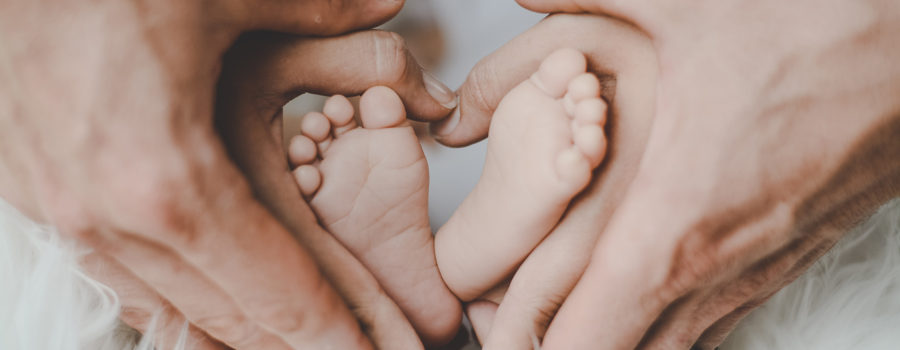A is for Alone
- It is not safe to put anything in your baby’s crib.
- No pillows.
- No toys.
- No fluffy blankets. If a blanket is needed, put your baby near the foot of the bed. Cover the baby with a light blanket below the level of the chest. Tuck the blanket around the sides and bottom of the mattress. This will keep your baby from pulling the blanket over his head.
- No bumper pads.
- No other people. He should never sleep with his parents, grandparents, other caretakers, or siblings. Sleep near your baby, not with your baby. Place your baby’s crib or bassinet near where you sleep.
B is for Back to Sleep
- Your baby should always sleep on her back.
- Even sleeping on her side can increase the risk of suffocation.
- Babies should never sleep face down.
C is for Crib
- The only safe place for your baby to sleep is in a crib, bassinet, cradle or other device made for babies to sleep in.
- A baby should never sleep in an adult bed, sofa, chair, waterbed, air mattress, or anything not made for a baby to sleep in.
- Cribs should be undamaged and meet Consumer Product Safety Commission standards and should be made after 2000.
- Guidelines for age and size for bassinets and play yards should be followed.
- Crib mattress should be firm and fit snugly in its frame.
- Sheets should fit tightly around the crib mattress.
Safe Sleeping beyond the ABCs
-
- Make sure everyone who cares for your baby knows and follows the ABCs of safe sleeping.
- The ABCs and other safe sleeping measures are most important in children six months old and younger.
- No one should smoke around a baby.
- Avoid overheating. Keep the temperature of your baby’s sleeping area comfortable for a lightly clothed adult. Consider using a fan.
- Keep loose strings and cords away from the area where your baby sleeps.
- Keep mobiles out of baby’s reach and remove them when he can sit up.
- Lower the crib mattress when your baby can sit up and again when he can pull to stand.
- Offer a pacifier when placing your baby down to sleep.
- Do not force the pacifier.
- Never use anything to hold the pacifier in his mouth.
- Do not give your baby a bottle when placing him down to sleep.
- Do not become intoxicated when caring for a baby.
How do we know these safe sleep measures are effective?
- The incidence of sudden infant deaths has decreased more than 40 percent since most babies are placed on their backs to sleep.
- 62 percent of baby deaths in Florida in 2008 as a result of sleep related suffocation were from co-sleeping.
- 38 percent of baby deaths in Florida in 2008 as a result of sleep related suffocation were from unsafe sleep environments (adult beds, pillows, other unsafe items).
- Substance abuse histories were noted in 69 percent of sleep related suffocation deaths of babies in 2008.
Why worry?
- Bed sharing and unsafe sleep environments are the leading cause of death of children under one year of age in Florida.
- 54 babies died from sleep related suffocation in Florida in 2008, five in Brevard County alone.
- All of these deaths could have been prevented by practicing safe sleep.
- Drug and alcohol abuse leads to many sleep-related deaths of children.

